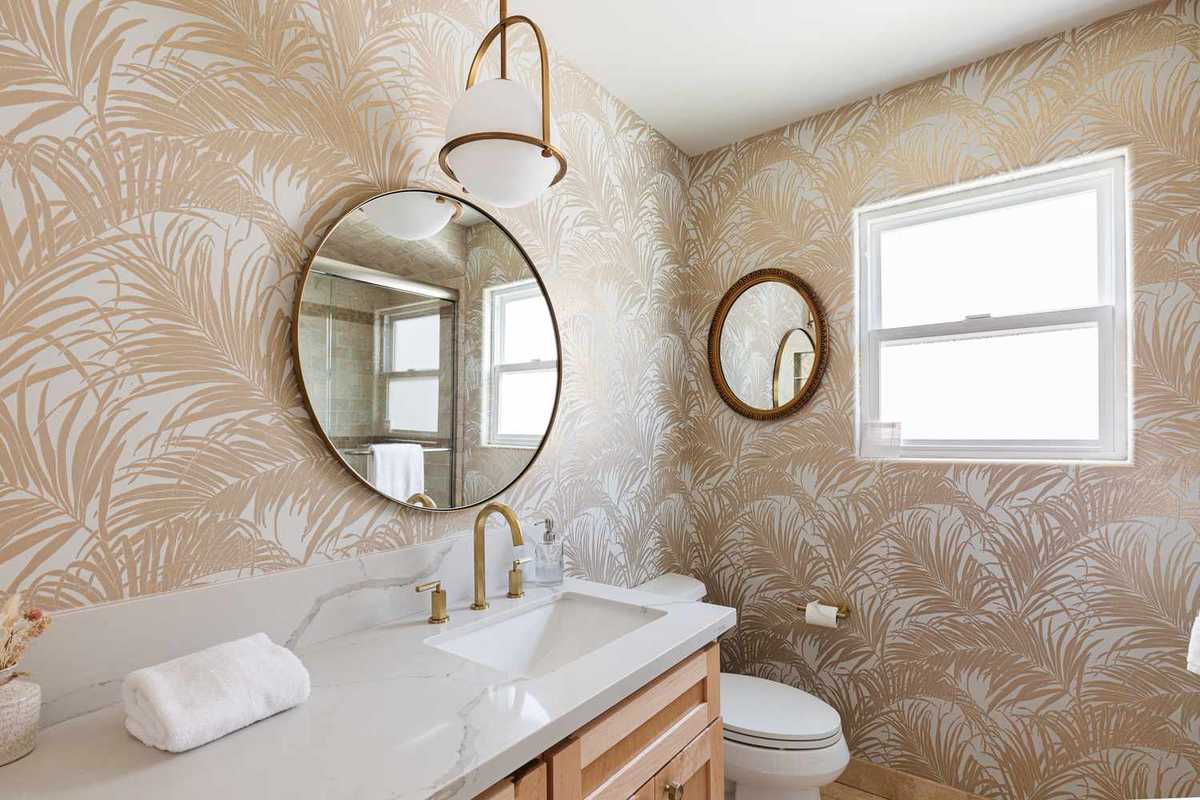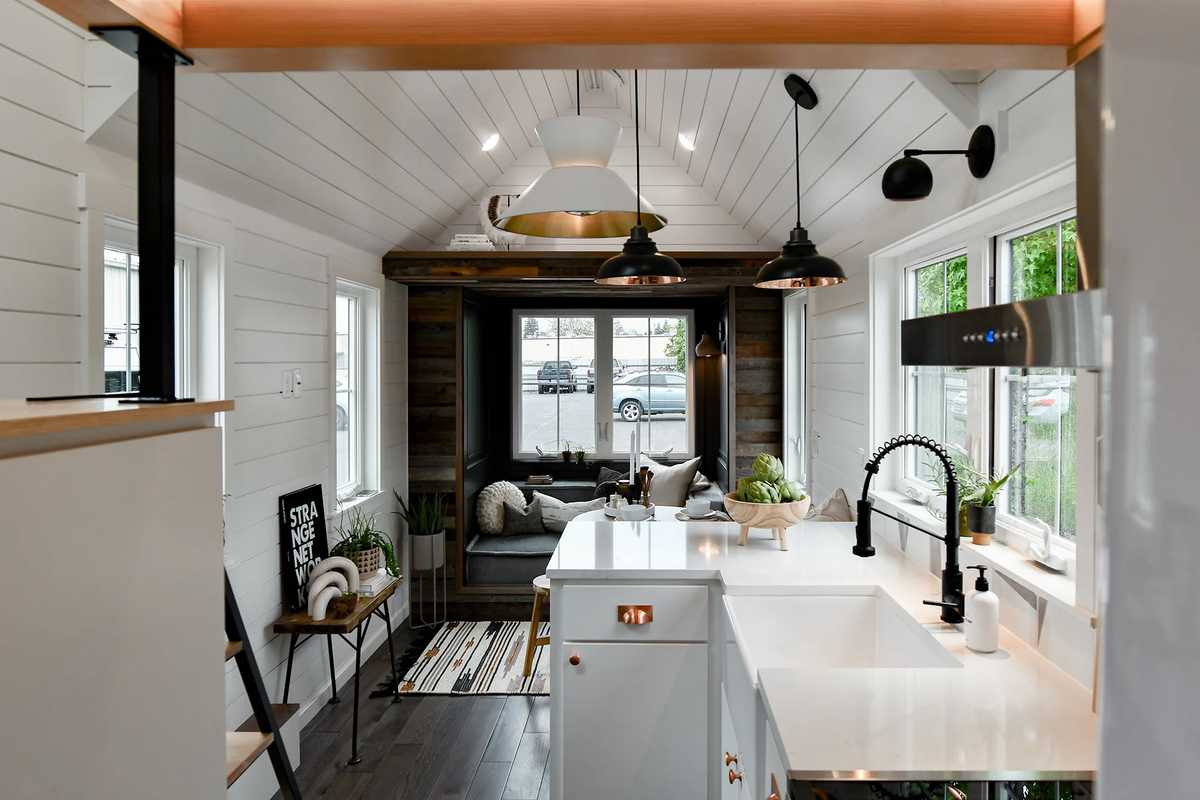Elevate Your Space with Cannabis-Inspired Design (Without the Smoke)
Transform your living space into a sophisticated cannabis-inspired sanctuary by thoughtfully merging botanical elements with modern design principles. Check budpop for delta 9 gummies while exploring how the cannabis plant’s organic architecture can inspire everything from color palettes to furniture selection. The emerging cannabis-luxury design movement celebrates the plant’s natural elegance through subtle geometric patterns, rich earth tones, and biophilic elements—without resorting to tired stereotypes or obvious imagery.
Today’s cannabis-inspired …







